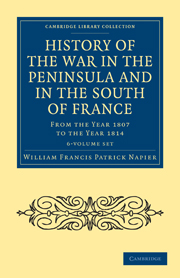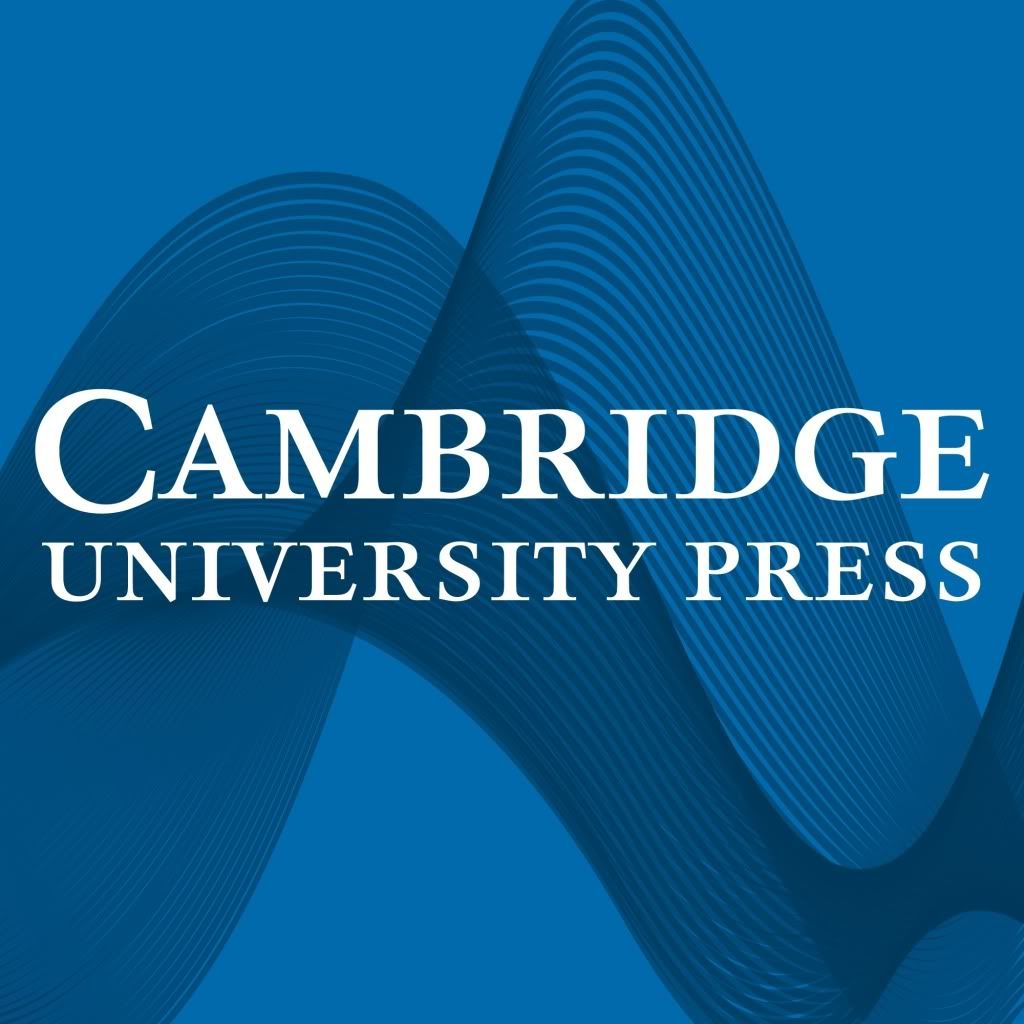 I spent Sunday afternoon volunteering at Apple Day in the Cambridge University Botanic Gardens. A sunny day, marred only by the odd shower and the gradual build-up of strong winds heralding the arrival of the hurricane-force winds due to arrive overnight, but which have not in fact proved as damaging in our part of the world as was at one point threatened. My jobs were in the big marquee, in which 30 different varieties of eating apple and three cooking apples were available for tasting and for purchase. The names are enchanting – Elliston’s Orange, Belle de Boskoop, Chiver’s Delight (a local Cambridge speciality), Pitmaston Pineapple, Tydeman’s Early Worcester. And the histories: Ross Non Pareil, a French apple dating to the seventeenth century, Adam’s Pearmain, from 1826, and Ashmead’s Kernel, c. 1700 – to say nothing of Howgate Wonder, an enormous and beautiful cooker, bred in the Isle of Wight during the First World War.
I spent Sunday afternoon volunteering at Apple Day in the Cambridge University Botanic Gardens. A sunny day, marred only by the odd shower and the gradual build-up of strong winds heralding the arrival of the hurricane-force winds due to arrive overnight, but which have not in fact proved as damaging in our part of the world as was at one point threatened. My jobs were in the big marquee, in which 30 different varieties of eating apple and three cooking apples were available for tasting and for purchase. The names are enchanting – Elliston’s Orange, Belle de Boskoop, Chiver’s Delight (a local Cambridge speciality), Pitmaston Pineapple, Tydeman’s Early Worcester. And the histories: Ross Non Pareil, a French apple dating to the seventeenth century, Adam’s Pearmain, from 1826, and Ashmead’s Kernel, c. 1700 – to say nothing of Howgate Wonder, an enormous and beautiful cooker, bred in the Isle of Wight during the First World War.
My first job was bagging up the different apples for sale, the number per bag depending on size, weight and rarity. Then I acted as a runner for the salespeople, picking the bags as requested – this all became easier when I eventually realised that they were laid out in alphabetical order. After two hours of fairly hectic activity, I swapped to slicing – preparing apple slices for tasting. Meanwhile, an endless stream of visitors walked slowly past two long rows of tables, sampling the goods, making tasting notes, comparing and contrasting the different varieties.
And contrast – of taste, flavour and scent, as well as shape and colour – was very much what the day was about. All the apple varieties were commercially grown, but they had nothing of the uniformity we have come to expect from the supermarket fruit section. Some, like Pitmaston Pineapple, Ribston Pippin and Rosemary Russet, were somewhere between an egg and a walnut in size, and gone in two delicious bites (or three if you eat the core as well, which I’ve never quite brought myself to do, though I used to watch in horrified fascination when a boy at my primary school performed this feat). The Howgate Wonder was so huge that it acted mostly as a photographic prop – people held it (barely) in their hands, or placed it against a Worcester for size comparison, or, once or twice, next to their baby’s head. The russets and pippins had tough, sometime gnarled skins, which would have excluded them from the supermarket, and the Cat’s Head cooker (which sold out almost immediately) was ridged and grooved in a quite un-apple-like way (not very like a cat either).
The Pitmaston Pineapple has a confusing history: one source places in it Pitmaston, then a village on the road between Worcester and Malvern, now a western suburb of Worcester, as a Golden Pippin seedling in the early nineteenth century. Elsewhere is it stated to have come from Stoke Edith in Herefordshire, about 1785 – but either provenance is good! It is either a reluctant cropper or a biennial cropper, but it certainly seems to be resolutely uncommercial. However, all sources agree that it tastes like pineapples and honey, with an extraordinary perfume. Sadly, I don’t have room in the garden at the moment, but if my James Grieve (beautiful blossom, delicious apple, but sadly doesn’t keep) ever passes on the great orchard in the sky, this would be a worthy replacement.
If you happened to be at CUBG Apple Day, you might have picked up a flyer advertising CLC books (no, I have no shame at all). The best ones for apple lovers are A Treatise on the Culture and Management of Fruit-Trees, by William Forsyth (1737–1804) after whom Forsythia is named, which gives detailed information on the care of all kinds of fruit, and two books by Robert Hogg (1818–97), The British Pomology and The Fruit Manual. Hogg was devoted to fruit (he is remembered in Royal Horticultural Society’s Hogg Medal, awarded to the best fruit displays at its shows). The Pomology lists and gives detailed descriptions, including drawings, of 401 apples in cultivation in Great Britain (and a further 541 of which Hogg had no direct knowledge). He provides classification lists by fruit colour, shape, seasonality and region.
Among many other activities in a full life as a writer and horticulturalist, Hogg was involved in a project to find and document the old apple and pear trees of Herefordshire, to cultivate the best, and thus to restore the supremacy of the county as a fruit-growing area. The resulting 1876 Herefordshire Pomona (of which only 600 copies were printed) is a gorgeous work containing ‘coloured figures, full descriptions and wood-cut outlines of the most esteemed kinds of British apples and pears’ – precisely the varieties that Apple Days all over the country are trying to publicise and preserve.
Caroline



Sounds like a wonderful event. I shall have to look out for some of those apples and give them a try.
Pingback: Apple Day P.S. | Cambridge Library Collection Blog
Pingback: Galanthophilia | Cambridge Library Collection Blog
Pingback: Apples | Professor Hedgehog's Journal